Kidepo Valley National Park, a jewel nestled in the rugged savannahs of northwestern Uganda, beckons adventurous travelers with its untamed beauty and hidden treasures. This hidden gem, often overshadowed by its more popular counterparts, boasts a unique ecosystem, fascinating wildlife encounters, and a rich cultural tapestry waiting to be explored.
Delve into these 10 cool facts about Kidepo Valley National Park and discover why it should be your next off-the-beaten-path adventure:
A Timeless Sanctuary: One of Uganda’s Oldest National Parks
Established in 1958 as a game reserve, Kidepo Valley National Park holds the distinction of being the third-largest national park in Uganda. Steeped in history, it predates the more well-known Queen Elizabeth and Murchison Falls National Parks. This long-standing protection has allowed Kidepo’s ecosystem to flourish, offering a glimpse into a truly wild Africa.
A Haven for Rare and Unique Species
Kidepo carves a distinct niche within Uganda’s national parks due to its geographical isolation and semi-arid climate. This unique environment fosters a biodiversity hotspot for species not found elsewhere in the country. An astounding 28 mammal species, including the majestic cheetah, the elusive aardwolf, and the adorable bat-eared fox, call Kidepo home. Birdwatchers will be delighted by the presence of regional endemics like the Karamoja Apalis and the Somali Masai biome species.
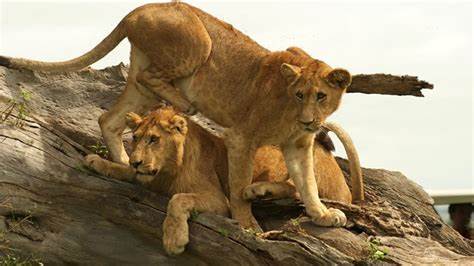
One of the best birding destinations in Uganda
Kidepo is home to approximately 475 different species of birds. Some of the birds you will find in the national park are Abyssinian Roller, Purple Heron, Abyssinian Ground Hornbill, Red-billed Oxpeckers, African Hoopoe, Red-Cheeked Cordon Bleu, Ruppel’s Super Starlings, and Karamoja Apalis among many others. You can also find Clapperton’s Francolin here, which is the only place you will find this bird in Uganda.
The best places for bird watching are in Narus Valley and Namamukweny Valley in the northeast. Interestingly, in the local language, Namamukweny means “a place with no birds” yet it has some of the best birding opportunities in the park. If you’re looking to find Ostriches and the Secretary Bird, make your way to the northern Kidepo Valley.
A Land of Dramatic Contrasts: Exploring Diverse Landscapes
Kidepo Valley National Park is a tapestry of contrasting landscapes, each offering a unique habitat for its resident wildlife. The park’s heart lies within the Kidepo Valley, a dramatic rift valley flanked by rugged mountains. Seasonal rivers, the Narus and Kidepo, snake through the valley floor, providing vital water sources for animals. Beyond the valley, the Narus Valley boasts open grasslands, while the foothills rise towards Mount Moroto, the park’s highest peak.
A Cultural Mosaic: Encountering the Karamoja People
The human element adds another layer of richness to Kidepo’s tapestry. The Karamoja people, with their vibrant culture and semi-nomadic lifestyle, have inhabited the region for centuries. Visiting a Karamoja village offers a chance to witness their traditional way of life, from intricate beadwork and attire to their skill in herding cattle and goats. Responsible tourism initiatives allow visitors to interact with these communities and learn about their deep connection to the land.

A Stargazer’s Paradise: Untainted Night Skies
Away from the light pollution of cities, Kidepo National Park offers a breathtaking view of the night sky. On a clear night, the Milky Way stretches across the vast expanse, and countless stars twinkle like diamonds. This pristine environment allows visitors to appreciate the celestial wonders in all their glory, making it a haven for astronomy enthusiasts.
A Hidden Gem for Adventure Seekers: Untamed and Untouristed
Kidepo Valley National Park offers a truly off-the-beaten-path experience. Unlike some of Uganda’s more popular parks, Kidepo remains relatively uncrowded, allowing visitors to immerse themselves in the wilderness with minimal disturbance. For those seeking adventure, Kidepo offers a variety of activities like game drives, guided walks, and mountain biking, all designed to get you close to nature.
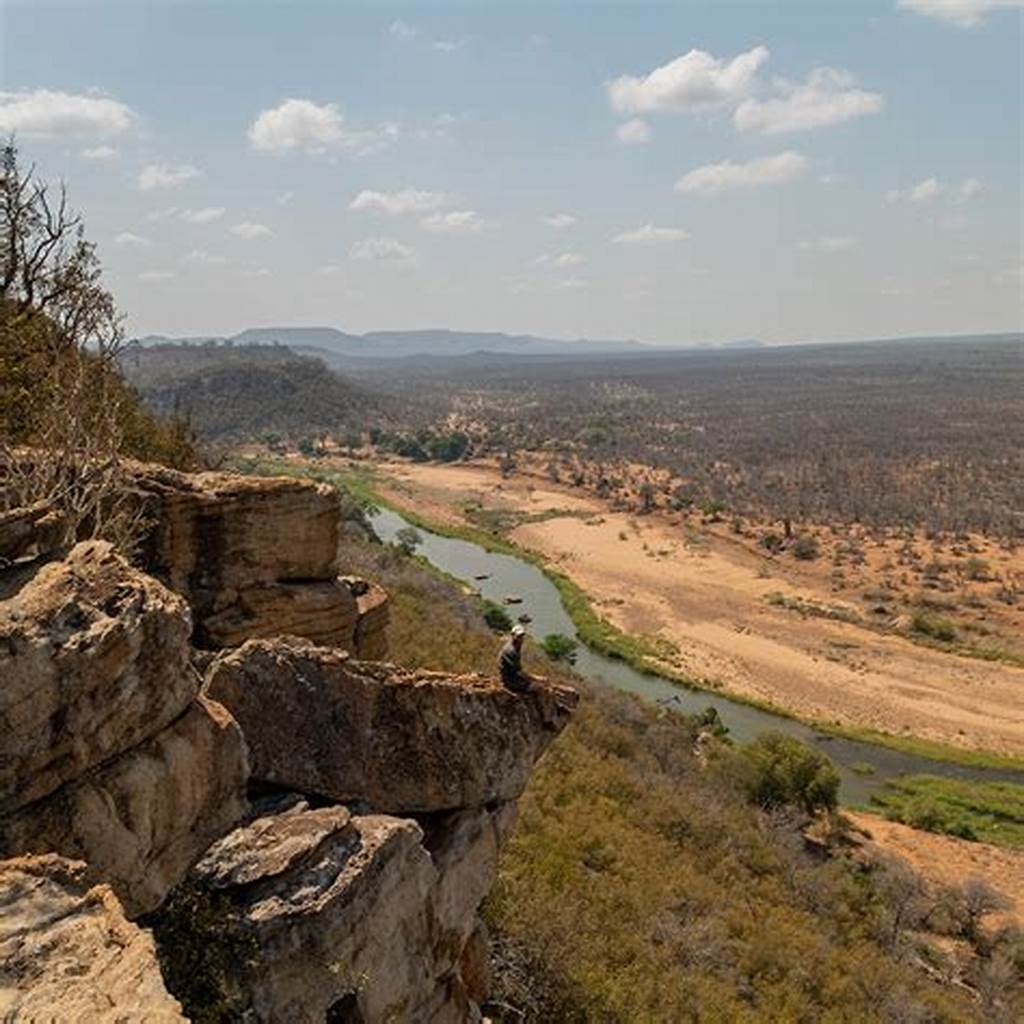
A Place for Photographic Inspiration: Capturing Untamed Beauty
Kidepo’s diverse landscapes, coupled with its abundant wildlife, provide a photographer’s paradise. From capturing the majestic silhouette of an elephant against a dramatic sunset to documenting the vibrant plumage of a rare bird, Kidepo offers endless opportunities to create stunning photographs. Whether you’re a seasoned professional or a passionate amateur, the park’s untamed beauty will inspire you to capture its essence through your lens.
Mount Morungole
At 2,750m, Mount Morungole is the highest point and the source to both the Narus and Kidepo Rivers in Kidepo Valley National Park.
It is also home to the smallest ethnic group in Uganda, the IK tribe. Planning a hike on Mount Morungole offers a chance to see forest vegetation and capture incredible photos of Kidepo Valley National Park.
A Challenge for the Discerning Traveler: Getting There is Part of the Adventure
Reaching Kidepo Valley National Park adds to its allure. The journey itself becomes an adventure, offering a glimpse into the remote beauty of Uganda’s northern reaches. Travelers can choose to fly into a nearby airstrip..

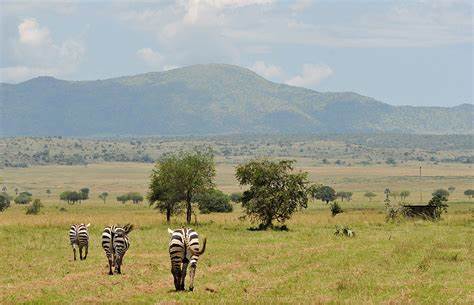


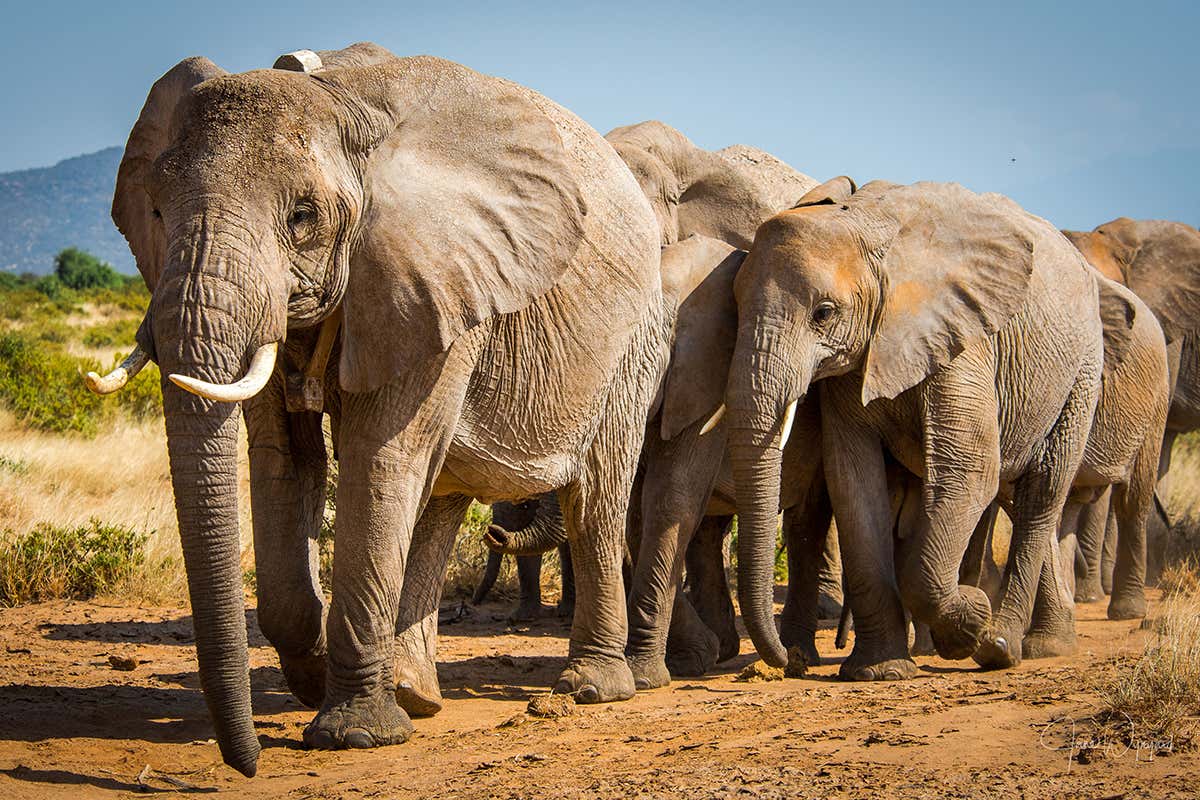
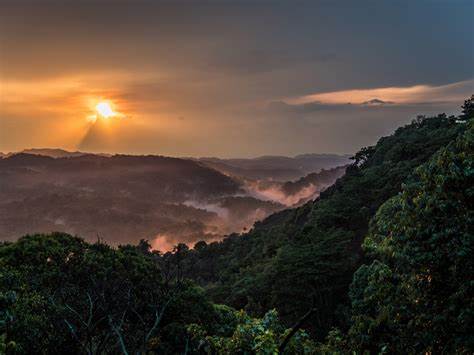
Yo, I’ve been playing on 99okbet for a bit now, and honestly, it’s pretty legit. Fair odds, decent payouts. Give it a look! Check them out here: 99okbet
Super291, solid choice! Been playing here for a bit now and haven’t had any major issues. Smooth experience overall. Check it out super291.